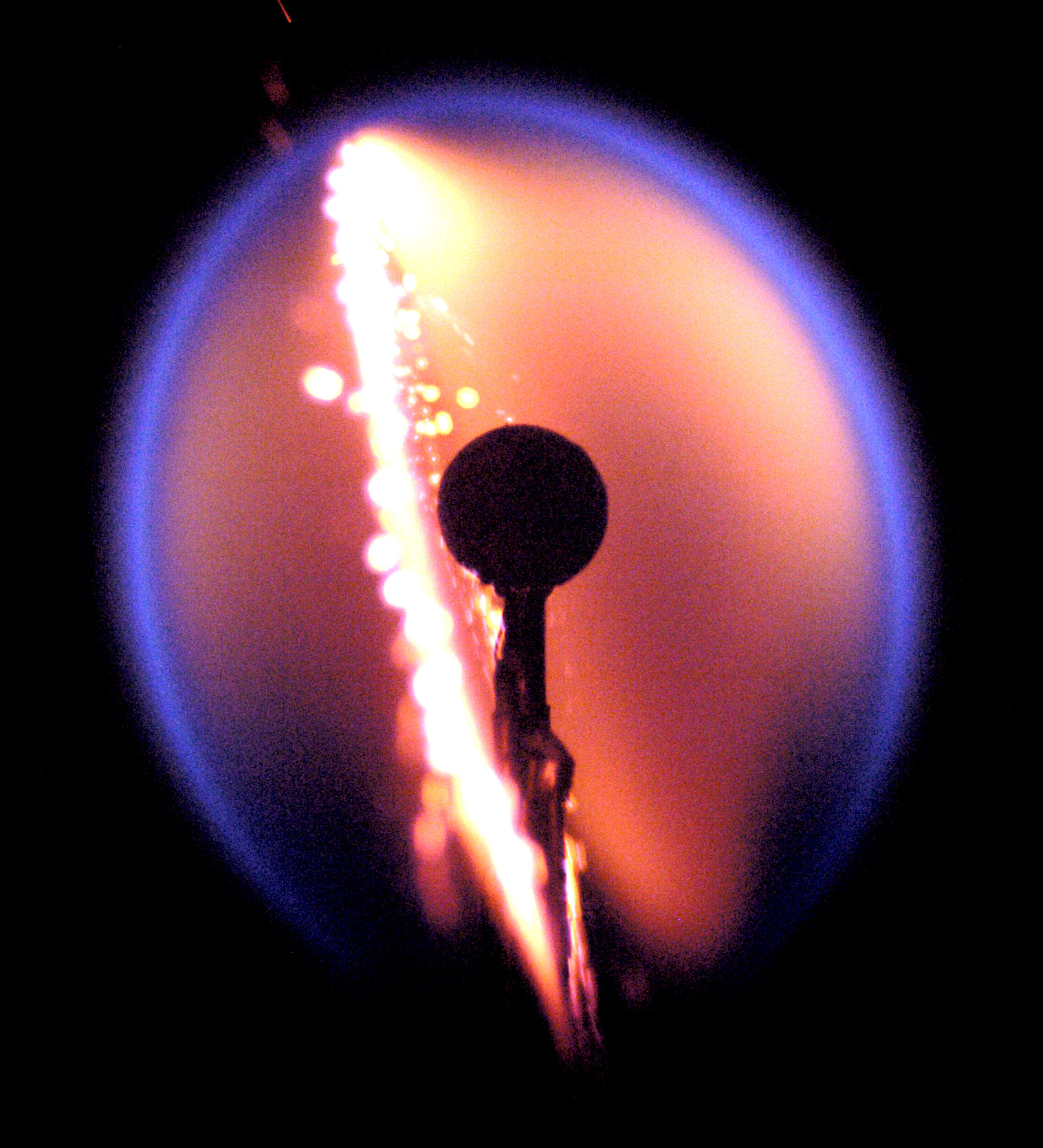Fire is used to heat our homes, cook our food and fuel our trips. Whether we burn fuel in our homes, vehicles, or power plants, flames play an important role in powering our lives on Earth.
Researchers from across the country have developed a series of experiments to expand our understanding of flames at a fundamental level. NASA’s Advanced Combustion via Microgravity Experiments (ACME) project is comprised of five experiments designed to test different aspects of flames. Working with NASA’s Glenn Research Center in Cleveland to conduct research on the International Space Station, the investigators will study microgravity flames burning under a range of conditions. Results of the experiments could lead to improved fuel efficiency and pollutant reduction.
“Four of ACME’s experiments are designed to improve our understanding of flame behavior for practical use on Earth,” said Glenn’s ACME project scientist Dennis Stocker. “The other experiment is intended to help us understand and improve spacecraft fire safety.”
- Coflow Laminar Diffusion Flame will extend the range of flame conditions that can be accurately predicted, especially under conditions where the flame is sooty or could become unstable.
- Electric-Field Effects on Laminar Diffusion Flames will investigate how an electric field can be used to control flames, through their naturally occurring ions, to reduce pollutant emission.
- Structure and Response of Spherical Flames will aid in predicting the structure and dynamics of soot-free and sooty flames.
- Flame Design experiment seeks to expand our understanding of soot inception and control in order to optimize oxygen enriched combustion and the design of robust and soot-free flames.
- Burning Rate Emulator experiment is focused on flammability and the selection of materials for use in spacecraft.
Most of ACME’s hardware will launch on SpaceX’s 11th contracted cargo mission to the space station. Once in orbit, ACME tests will be conducted in the space stations’ Combustion Integrated Rack. The experiments will be operated remotely from Glenn’s ISS Payload Operations Center.
“The crew of the space station will set up the hardware needed for the experiments and then they float away. ACME tests are then commanded from the ground and data is downlinked for analysis and planning of subsequent tests,” said Stocker.
A microgravity environment enables researchers to explore flame behavior without the influence of gravity, so they can look at the underlying physics behind flame structure and behavior. That knowledge can help designers and engineers develop furnaces, power plants, boilers and other power systems that are more efficient and less polluting.
ACME is sponsored by the Physical Sciences Research Program with the Space Life and Physical Sciences Research and Applications Division at NASA Headquarters in Washington.































